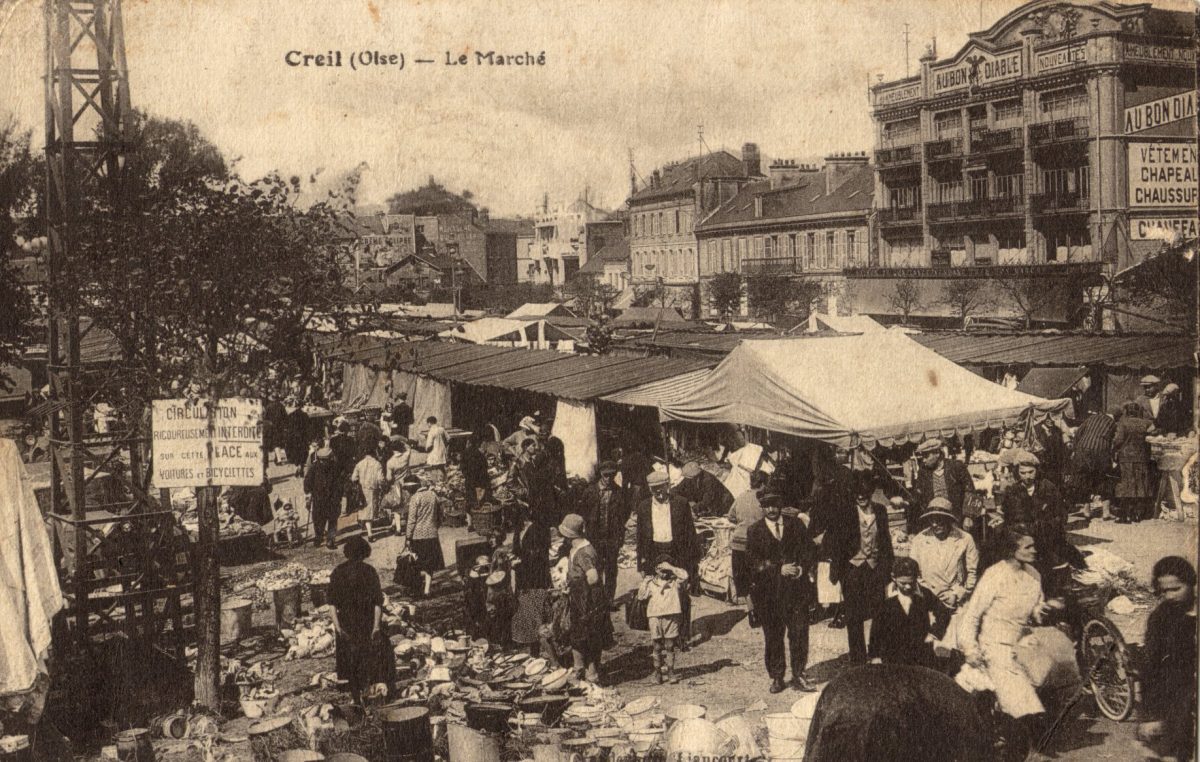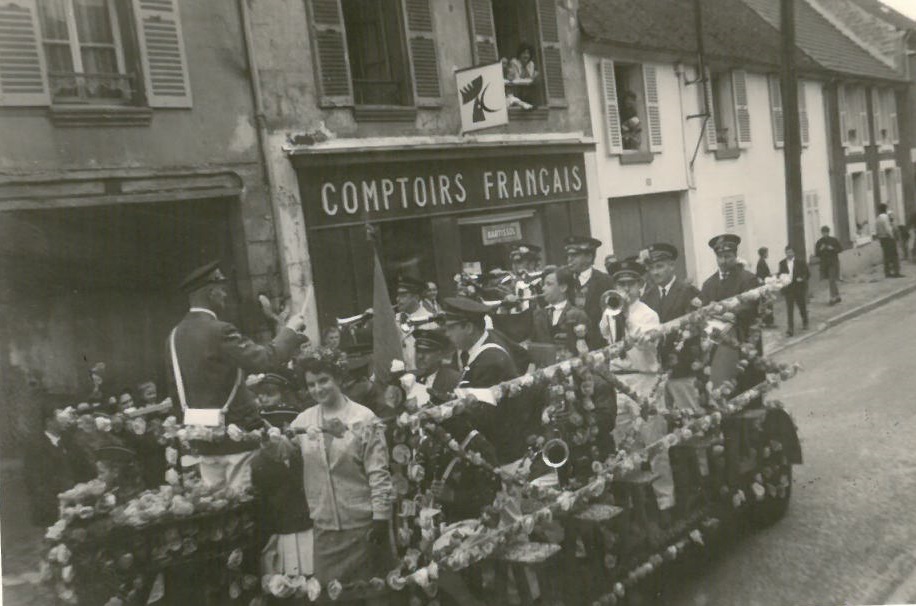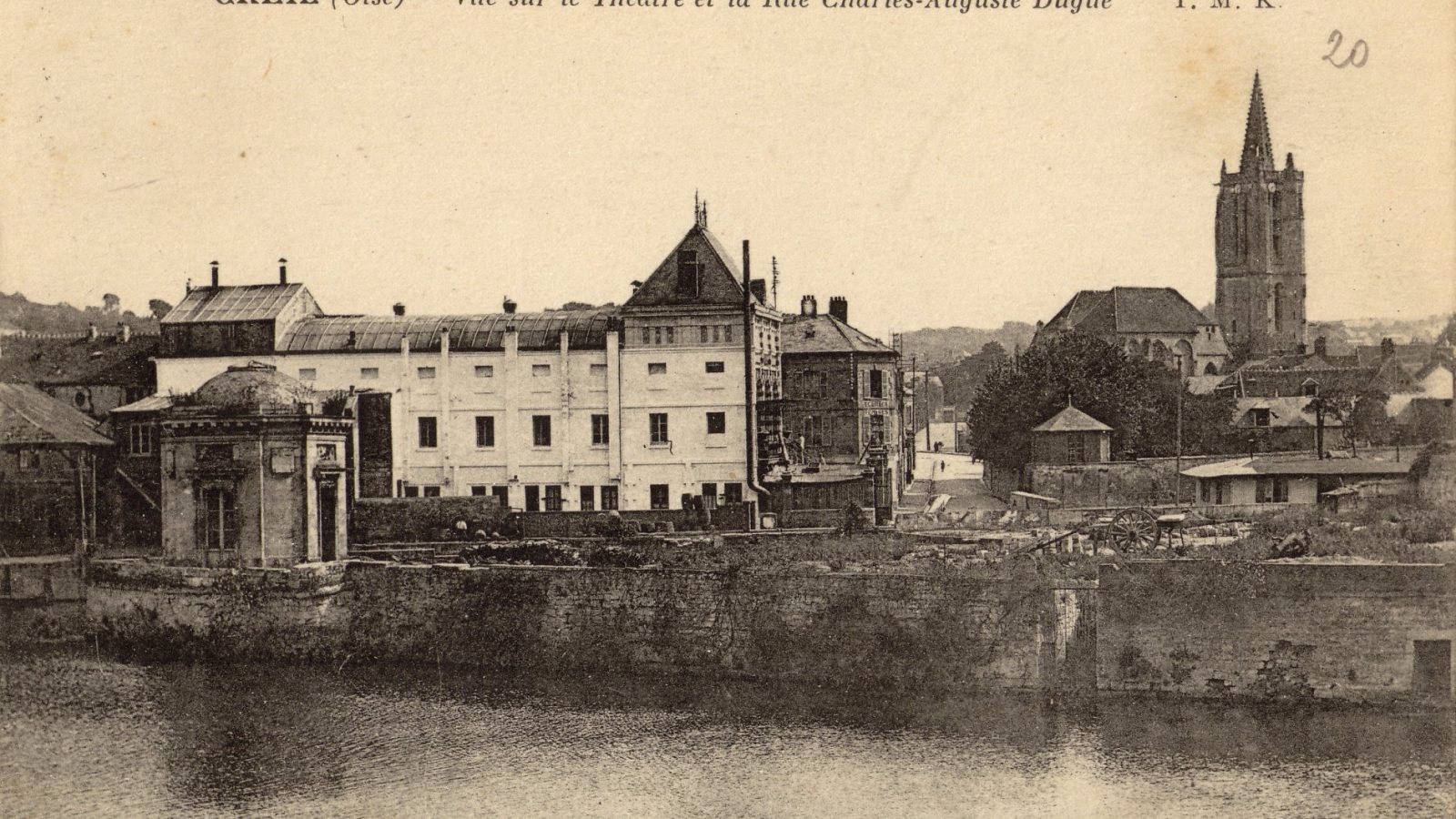Reading time: 3 minutes
30 November 2021
Anecdotes
Have you ever wondered where the name of your municipality comes from ? Well, we'll try to answer that with a few hints. In this anecdote, we will discover Creil and Nogent-sur-Oise !
Creil
The name of the city of appears for the first time in a text in 656 under the name Criolo, Crioilum around 672 and subsequently as Credilium in 851.
The appearance of the " eil "This is probably due to the transformation over the years of its termination Gallic 'iolo' meaning 'cleared place, clearing before taking on the meaning of " village ". Generally, it gives the final "euil" or "ueil" in northern Francebut exceptionally we find "eil (see also Corbo-ialum which became Corbeil).
The identification of the root "cry" could mean "hearts, rooted in the old irishman cries 'heart' and the breton kreiz " centre, middle ".. One can then imagine that Creil was a village of some importance at a very early stageThe village in the centre, in the heart.
Other avenues nevertheless lead us to another inspiration which refers us to theDNA of the territory our stone quarriesThis was the main economic activity of the agglomeration for many centuries. Creil would then take on its origin through the Latin word "creta" meaning "chalk".
However, there seems to be no consensus on this issue, leaving the name of this commune a mystery for the time being.

Nogent-sur-Oise
It is hard to imagine that behind this name lies the story of a very special legend. And that's normal, since Nogent-sur-Oise was formerly known as Nogent-les-vierges.
The name Nogent comes from Novientum which means "new domain". in the Gallic language, but the secret is hidden behind the terms "the virgins", referring to the legend of Sainte-Maure and Sainte-Brigidedaughters of Ella, King of Scotland in 5th They will perform many miracles (restoring sight and life) during a great journey that will end in Balagny-sur-Thérain where they will die.
But it is at 7th century that the legend of the commune was really forged, when Queen Bathilde, wife of Clovis II, undertook to repatriate the remains of Sainte-Maure and Sainte-Brigide to her abbey. Transported by oxen, the animals changed course and went to the foot of the church in Nogent to lie down. At the same time, the bells began to ring. The queen saw this as a divine sign and decided to bury the remains of Moor and Brigid in the churchyard.



